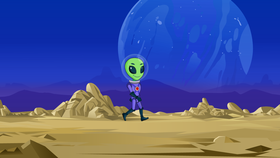Answer Key
Module 4: Move and Collect Power Cells

Module 7: Quiz
1.
2.
3.
4.
5.
6.
7.
8.
9.
10.
11.
12.
13.
14.
15.
16.
17.
18.
19.
20.
21.
22.
23.
24.
25.
26.
27.
28.
29.
U.S. Standards
- CCSS-Math: 5.G.A.1, 5.G.A.2, 6.NS.C.5, MP.1
- CCSS-ELA: RF.5.4.A, 6-8.RST.3, 6-8.RST.4, 6-8.RST.7
- CSTA: 1B-AP-11, 1B-AP-12, 1B-AP-15, 2-AP-13, 2-AP-16, 2-AP-17
- CS CA: 3-5.AP.10, 3-5.AP.13, 3-5.AP.14, 3-5.AP.17, 6-8.AP.13, 6-8.AP.16, 6-8.AP.17
- ISTE: 1.c, 1.d, 4.d, 5.c, 5.d, 7.c
U.K. Standards
Key stage 2
Pupils should be taught to:- design, write and debug programs that accomplish specific goals, including controlling or simulating physical systems; solve problems by decomposing them into smaller parts
- use sequence, selection, and repetition in programs; work with variables and various forms of input and output
- use logical reasoning to explain how some simple algorithms work and to detect and correct errors in algorithms and programs
- understand computer networks, including the internet; how they can provide multiple services, such as the World Wide Web, and the opportunities they offer for communication and collaboration
- use search technologies effectively, appreciate how results are selected and ranked, and be discerning in evaluating digital content
- select, use and combine a variety of software (including internet services) on a range of digital devices to design and create a range of programs, systems and content that accomplish given goals, including collecting, analysing, evaluating and presenting data and information
- use technology safely, respectfully and responsibly; recognise acceptable/unacceptable behaviour; identify a range of ways to report concerns about content and contact
Key stage 3
Pupils should be taught to:- design, use and evaluate computational abstractions that model the state and behaviour of real-world problems and physical systems
- understand several key algorithms that reflect computational thinking [for example, ones for sorting and searching]; use logical reasoning to compare the utility of alternative algorithms for the same problem
- undertake creative projects that involve selecting, using, and combining multiple applications, preferably across a range of devices, to achieve challenging goals, including collecting and analysing data and meeting the needs of known users
- create, reuse, revise and repurpose digital artefacts for a given audience, with attention to trustworthiness, design and usability
- understand a range of ways to use technology safely, respectfully, responsibly and securely, including protecting their online identity and privacy; recognise inappropriate content, contact and conduct, and know how to report concerns
Description
An introduction to programming for beginners in upper elementary grades. Introduce your class to programming using a fun scenario-based approach where they build two complete games. Side Scroller Survival introduces them to basics of motion and animation. In BeatBot Battle, they program a robot to make it dance. On completing this lesson plan students will be able to build simple games, animations, and a variety of simple projects.
Topics
- Use sequencing
- Pattern recognition
- Loops
- Conditional logic
- Create scenes
- Add sounds and music
- Use keyboard controls
- Learn about motion
- Broadcasting messages
- Adding special effects
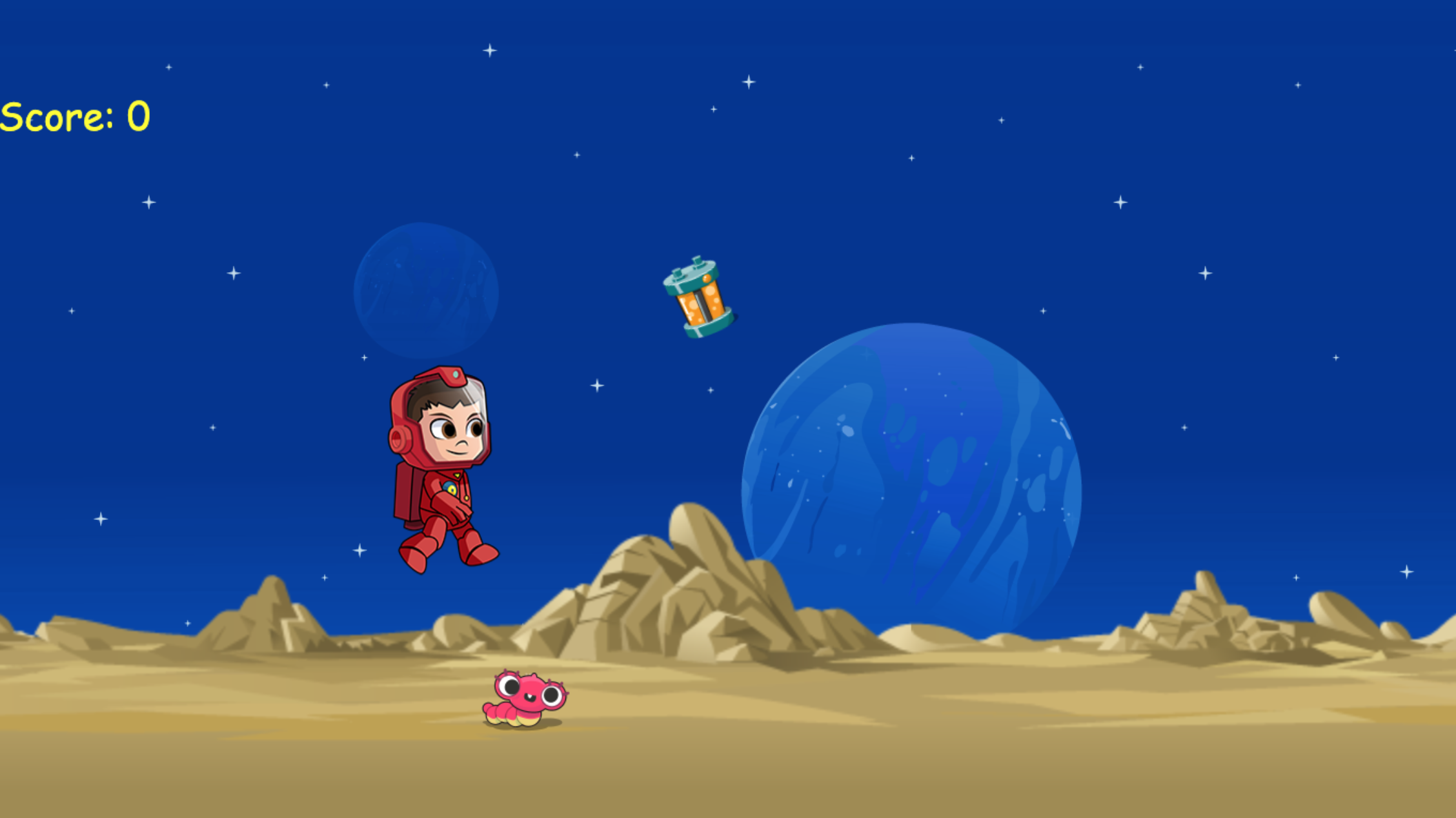
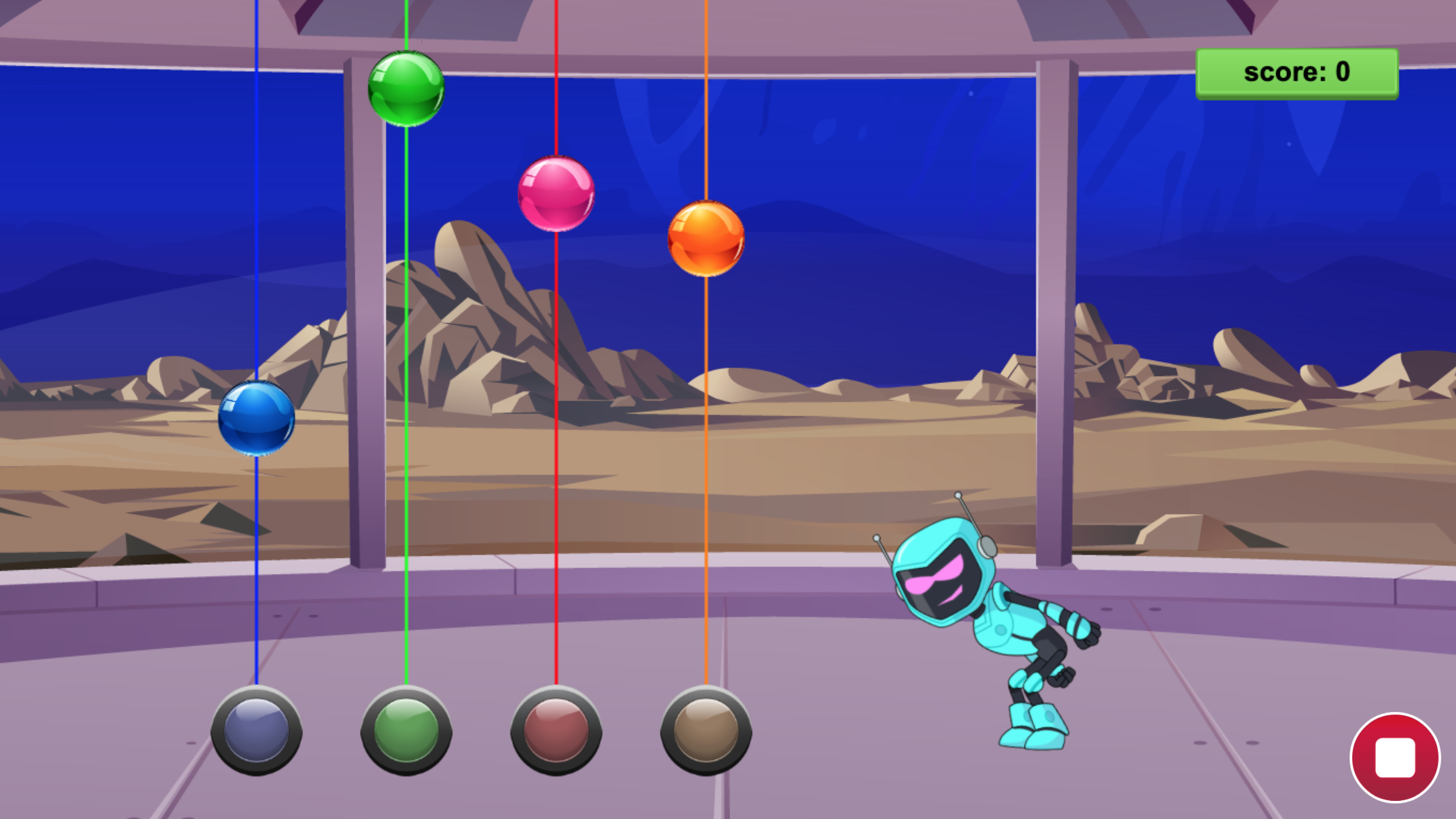
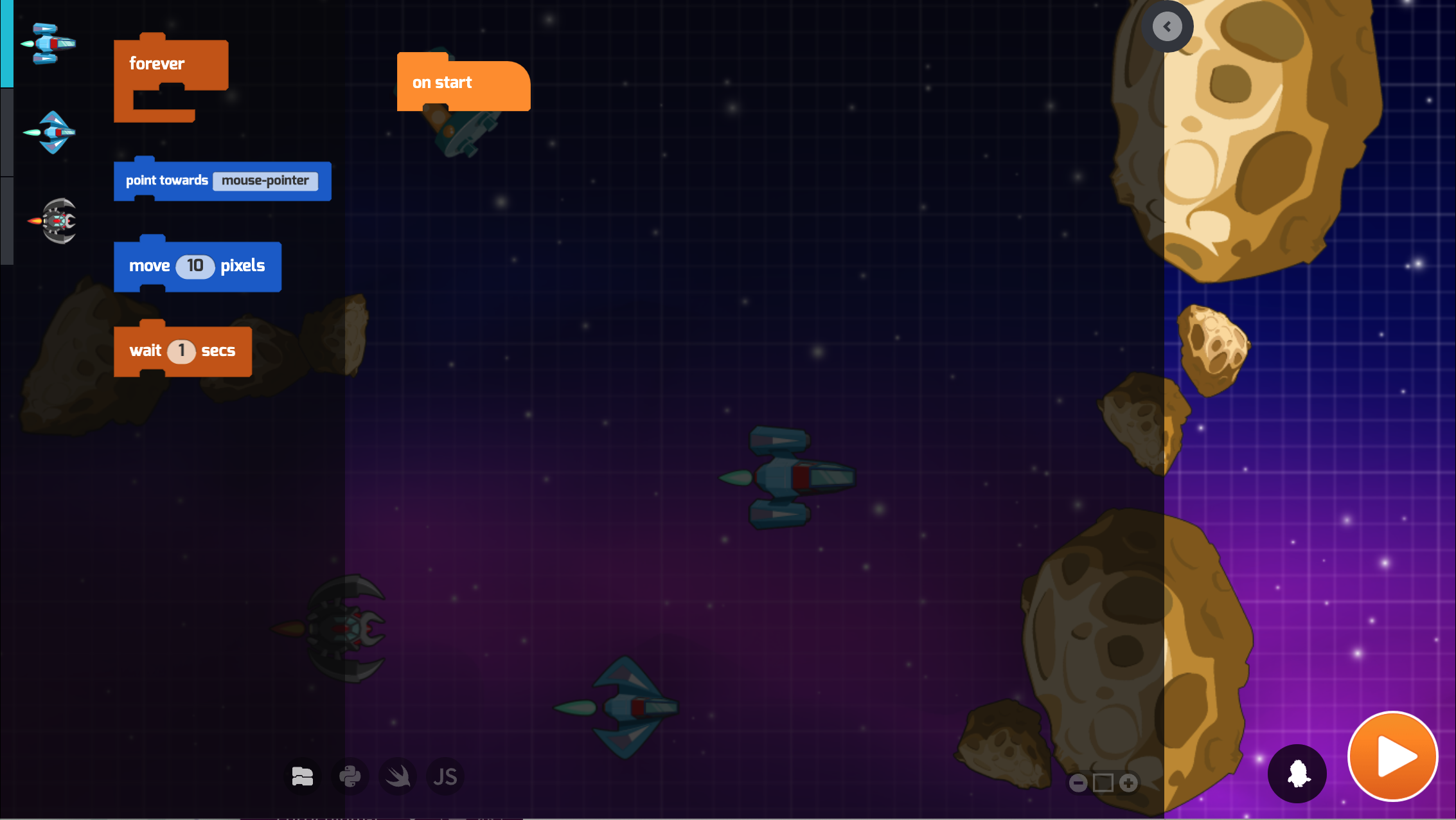
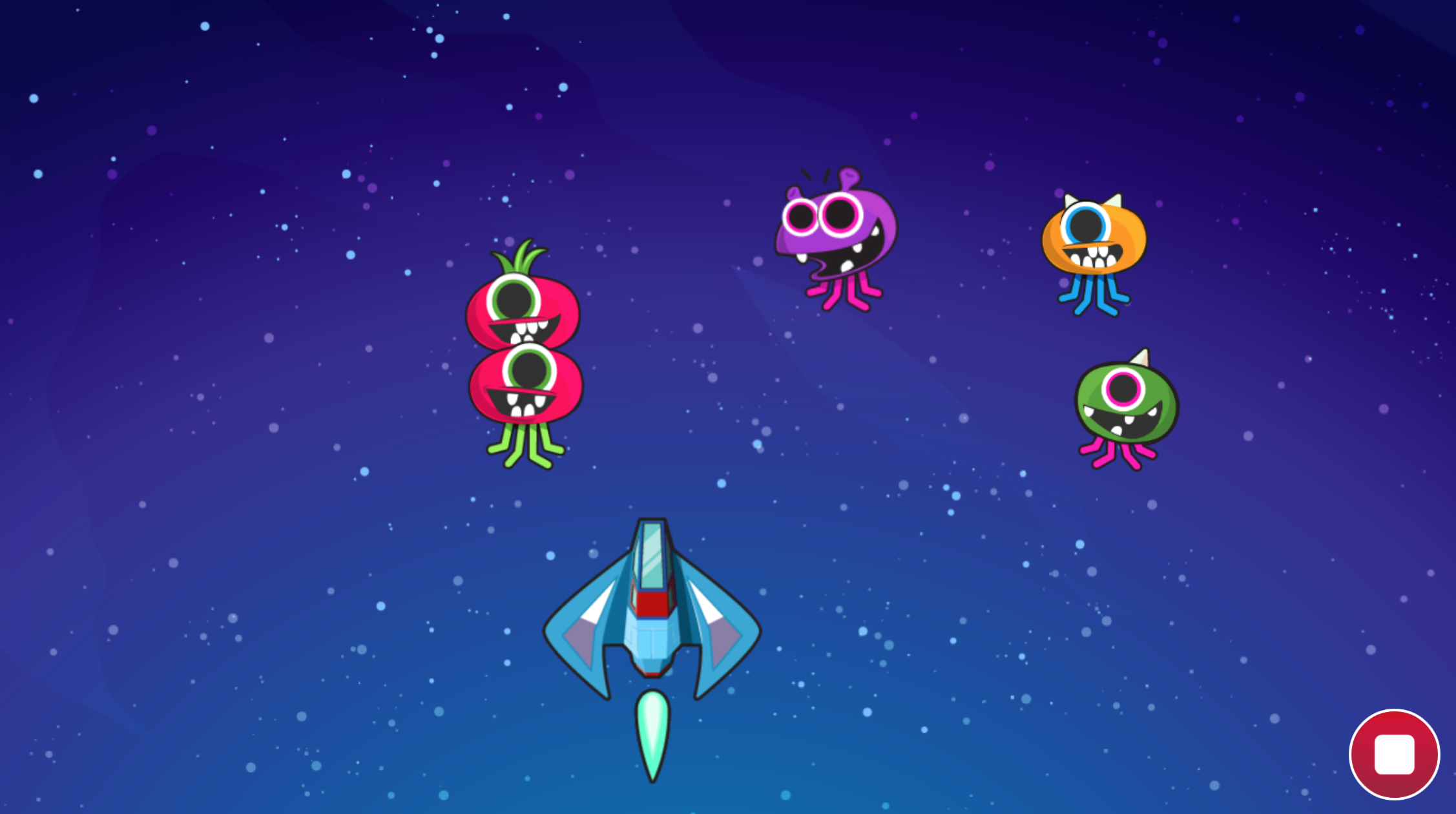
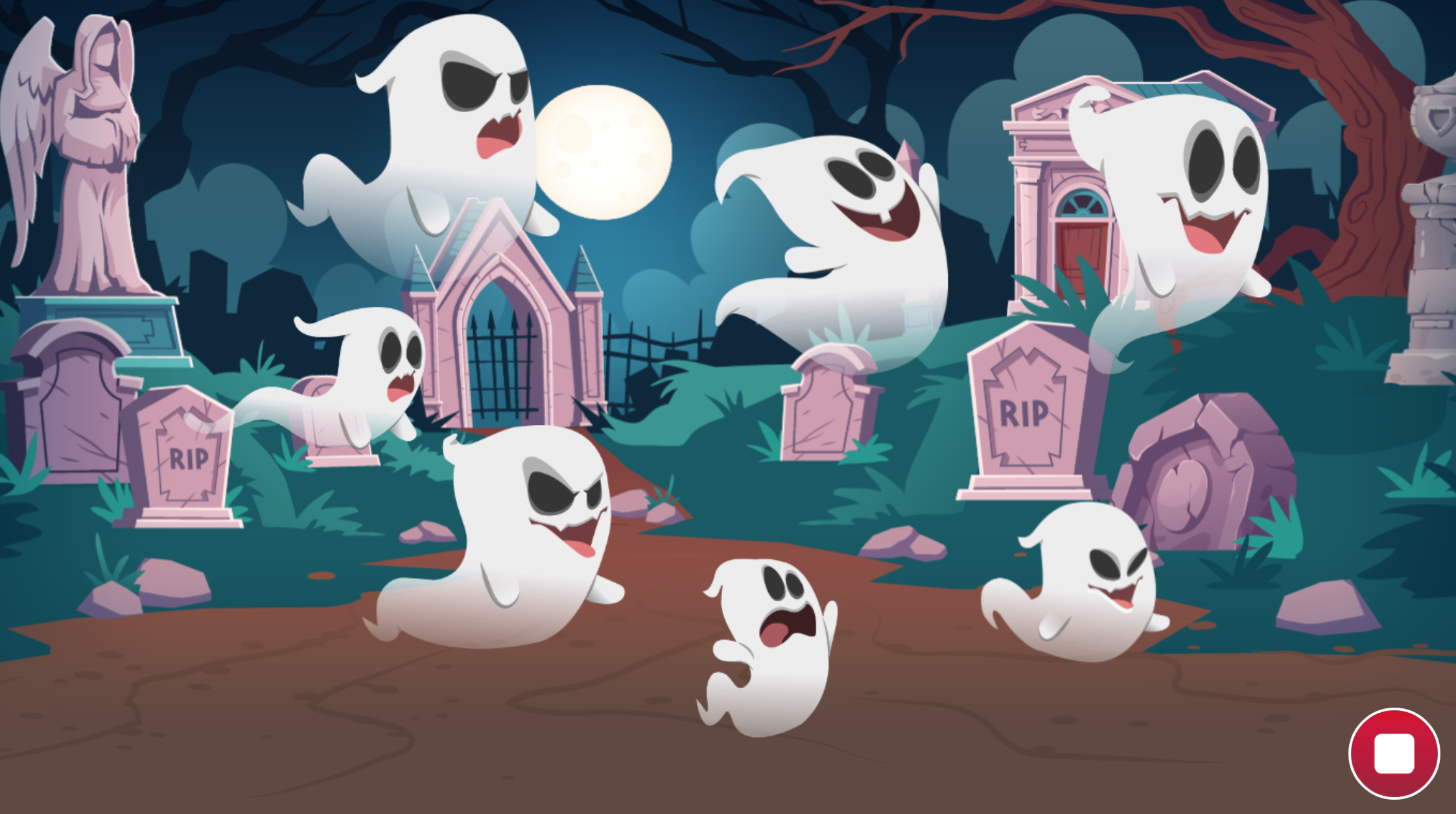
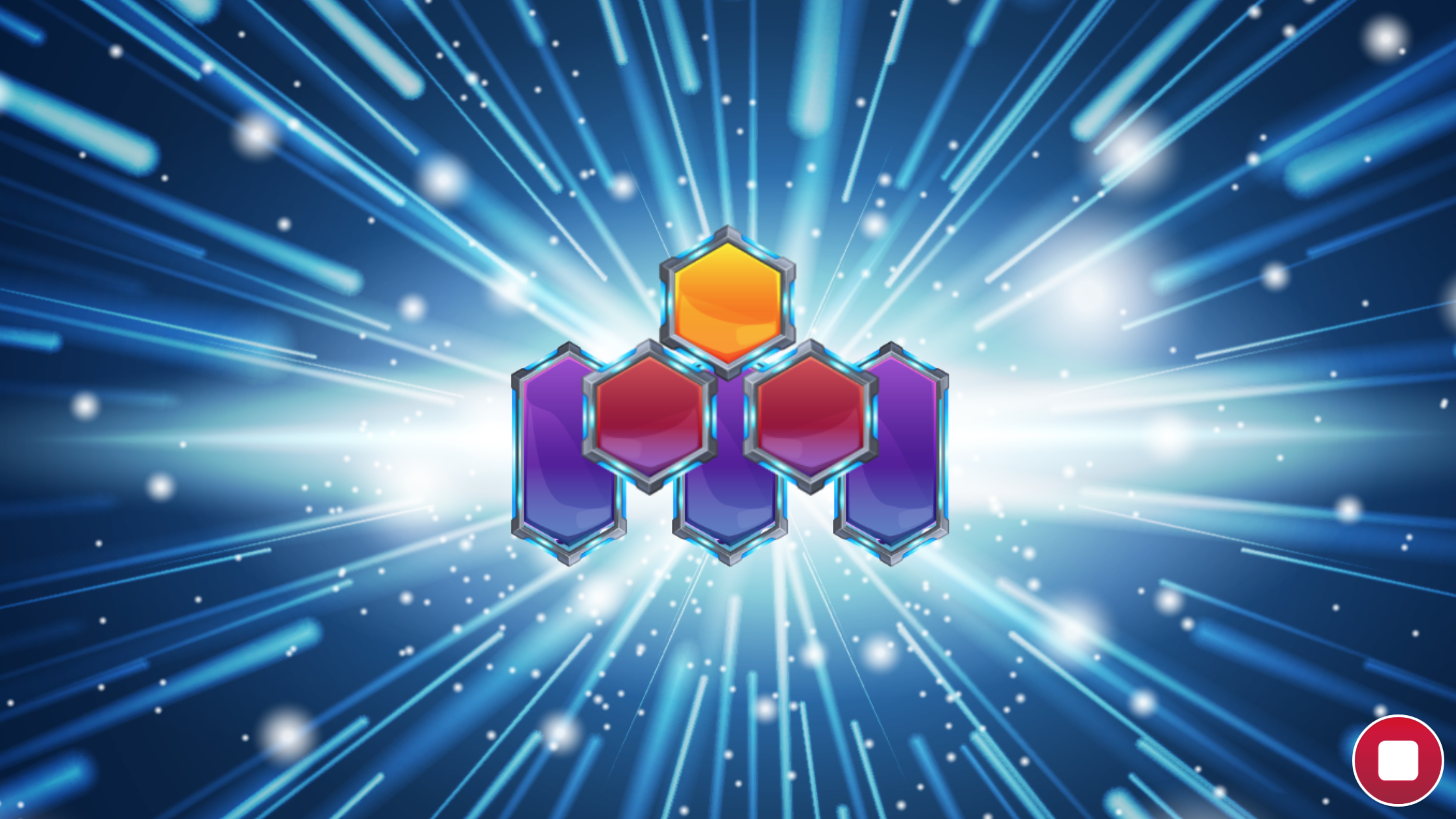
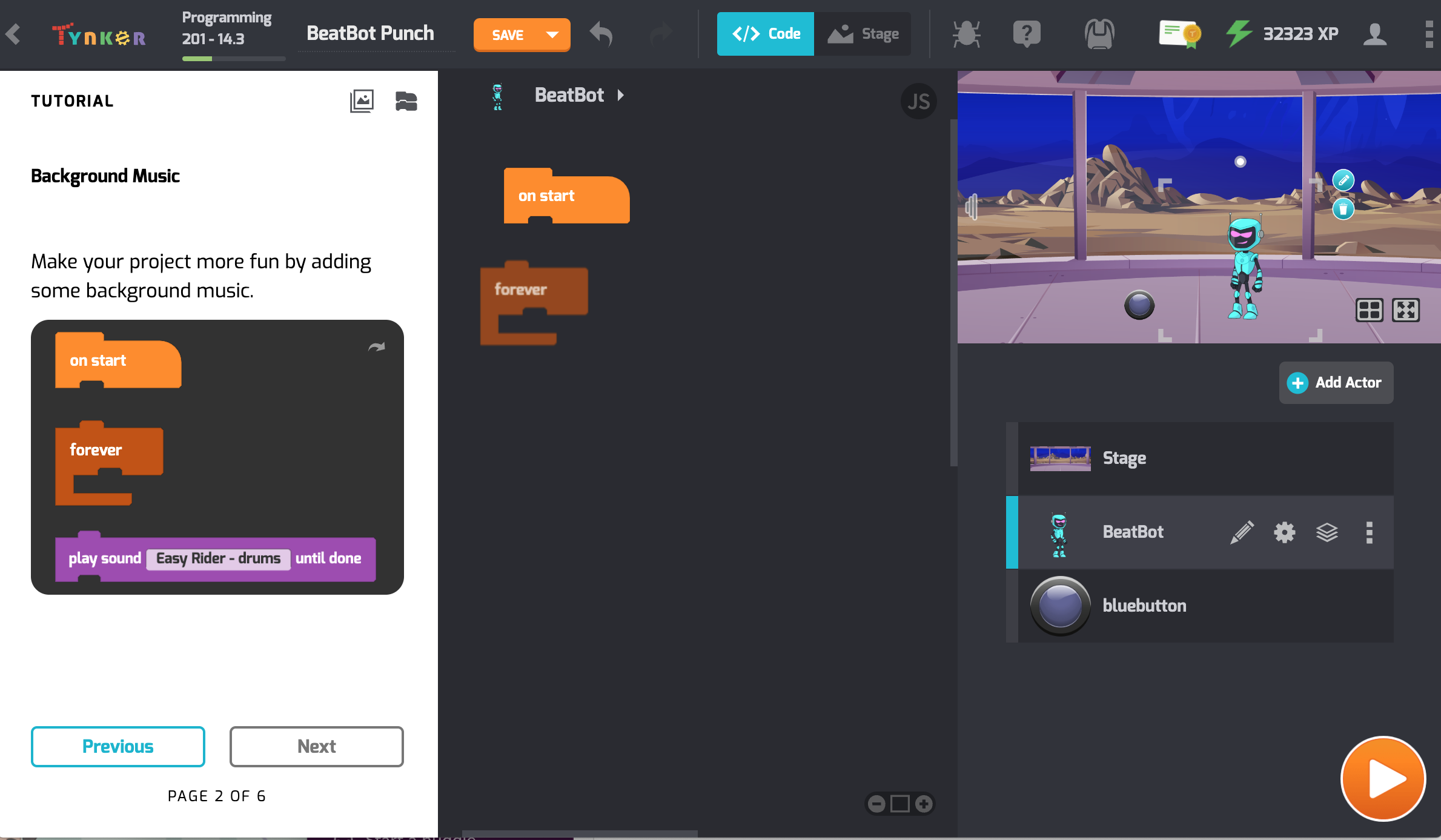
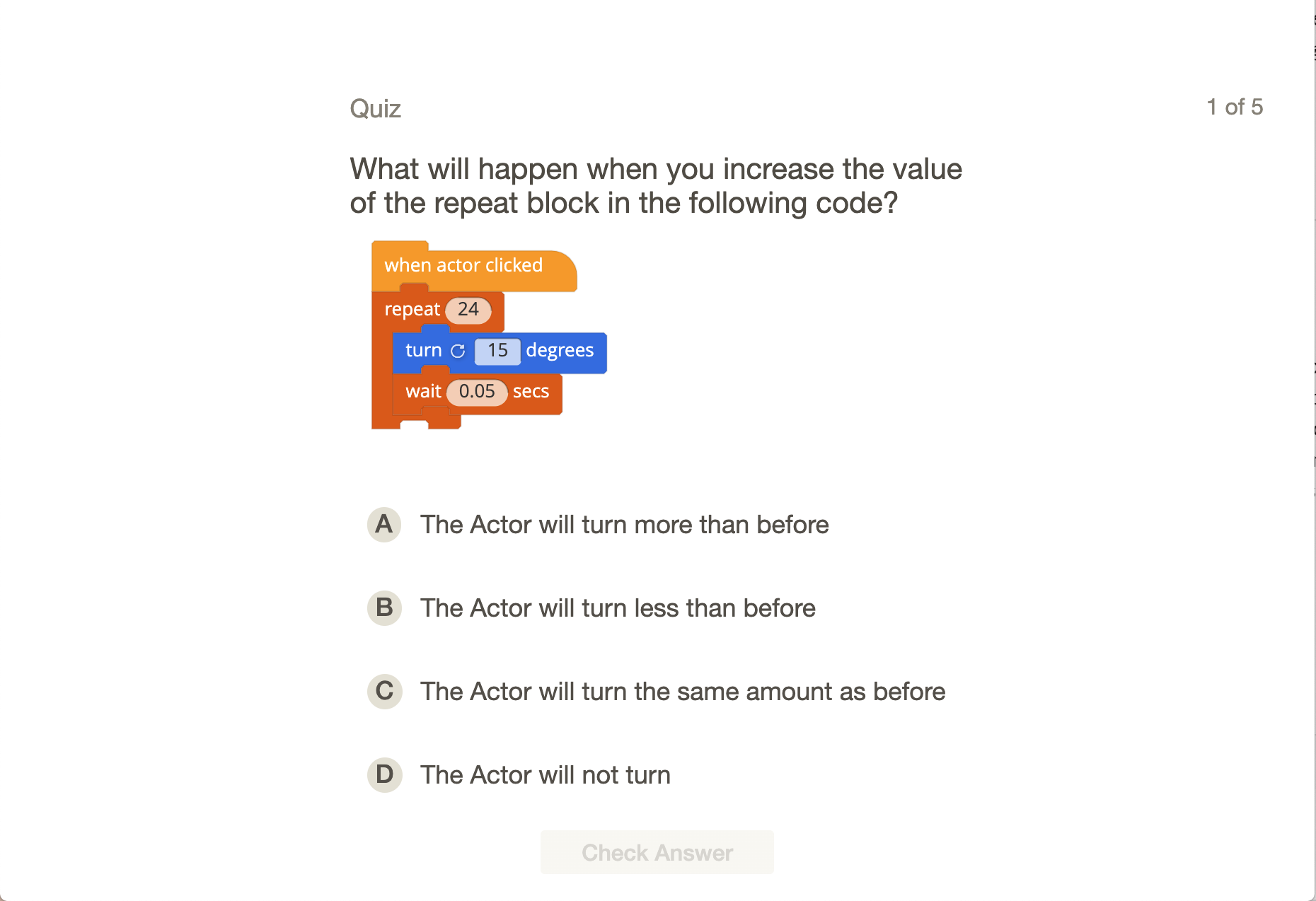
What Students Learn
- Create interactive scenes with actors, scenes and music
- Design animations using loops
- Program motion along x- and y-axes
- Build algorithms using conditional logic
- Understand scripts running in parallel
- Program music using notes, tempo and instruments
- Create different scenarios and effects in games
- Publish projects to the Web
- Troubleshoot and debug simple programs
Technical Requirements
* Online courses require a modern desktop computer, laptop computer, Chromebook, or Netbook with Internet access and a Chrome (29+), Firefox (30+), Safari (7+), or Edge (20+) browser. No downloads required.
* Tablet courses require an iPad (iOS 10+) with Tynker or Tynker Junior app installed and Internet access
Lesson
6 : User Interaction
Programming 201
Time: 60+ minutes
Introduction
Tynker Blocks Introduced
Vocabulary
Objectives
Materials
Warm-Up (15 minutes)
Activities (45 minutes)
Facilitate as students complete all User Interaction modules on their own:
1. Move to Collect Power Cells (Introduction)2. Move Back and Forth Example (Example)
3. Move Back and Forth (DIY)
4. Move and Collect Power Cells (Puzzle)
5. Make Actors Move Example (Example)
6. Make Actors Move (DIY)
7. Quiz (Multiple Choice)

